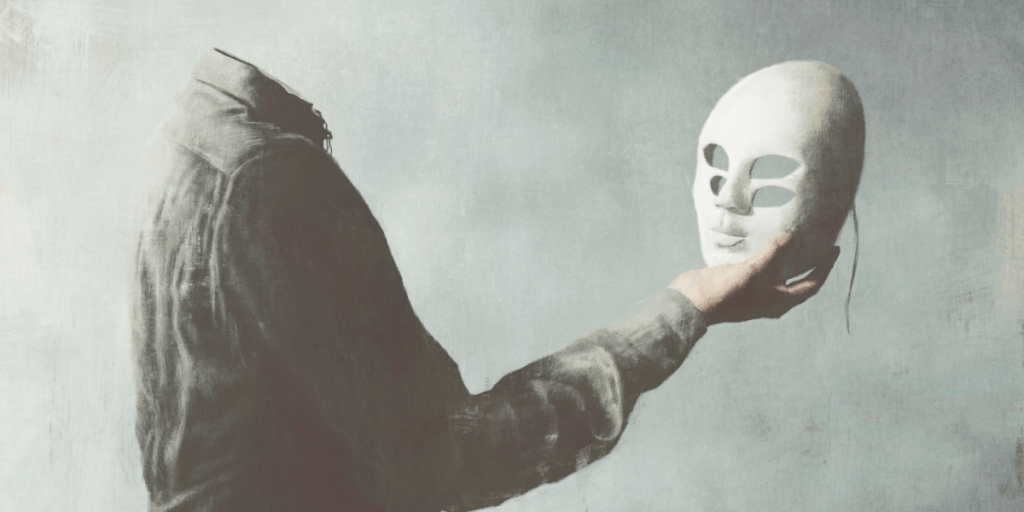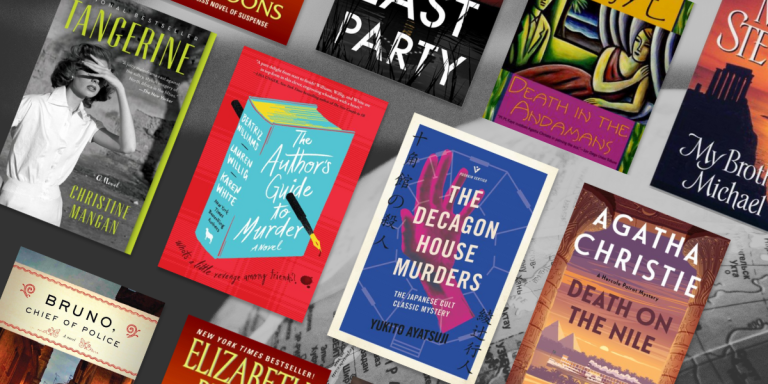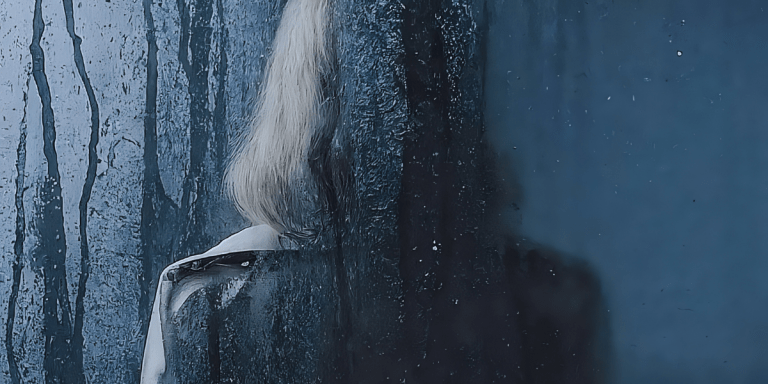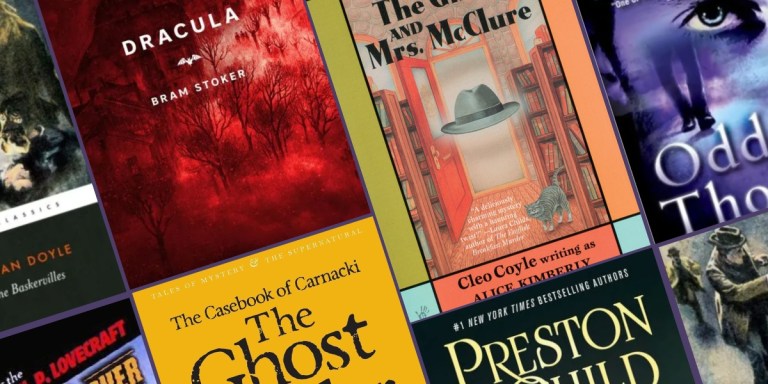5 Thrilling Books About Art and Manipulation

The protagonist of my second novel The Estate, Camille Leray, is an expert with the supernatural ability to enter the physical world of a piece of art. Even with this gift, she finds herself deceived, manipulated, misled by the sculptures she is engaging with, at the mercy of their creator. While writing her story, therefore, it was unavoidable that I started to wonder if all art is, to some extent, manipulation?
I love that the very term ‘manipulation’ contains the Latin word for ‘hand’. To manipulate, in its origins, is to move or make something. Loosely inspired by the French artist Camille Claudel, my novel centres on sculpture, which is a highly physical form of art. I’m talking iron armatures, mixing plaster, chiselling heavy blocks of marble; something women were well kept away from, historically, and encouraged to take up more delicate crafts such as watercolour… but I digress.
In time, the term ‘manipulation’, of course, evolved to mean acting with the intention of influencing people to our own advantage. As I wrote The Estate and found myself caught up deeper and deeper in the games of my characters, and the intricate layers of influences in the art I was depicting, I reflected on what fertile ground Art can be, in literature, to depict manipulation and obsession.
When engaging with works of art, we are made to feel a certain way. We are drawn in and taken on a journey of the artist’s choosing. They have purposefully made a piece that elicits a certain reaction, a joy, a repulsion, perhaps even pushes a message onto the viewer. Art can be used as propaganda, or to portrait someone or a situation as a mean to embellish and match-make. Art can be a statement of power, a way of controlling the way either artist or subjects are perceived by the world. It pushes carefully chosen narratives. Art is perhaps the most powerful mean to push one’s subjectivity upon others.
This is of course, by and large, not unfair or insidious. Most of the time, it is a genuine way of communicating, connecting, being heard and seen, and that is the beauty of art. When I wrote: ‘Without art, we are empty shells,’ I meant to say that my life would feel so empty without paintings, music, films, and of course books; the ones I write and the ones I engage with on a daily basis.
But what if the process of making art tipped into something darker? In The Estate, I explore what happens when art is used to manipulate, either by its creators or owners. What if it could have a genuine, physical impact on the people exploring it? And what if someone could control this experience and use it to their own advantage?
If you are like me fascinated by the overlap between art and manipulation, I have curated a list of some of my favorite books that play with the darker side of art. I have included ‘art’ in the widest sense, from painting to literature to perfume-making. Whether it is through appropriation, magic, coercion of models and muses, these novels tip into the darker, and fascinating side of artistic creation.
When she finds them, Ann finds herself in the centre of a web of manipulation and dangerous ambition. I am drawn to books about scholars, which is why I made Camille an Art expert obsessed with the work of a specific female sculptore.
I love nothing more than when scholarly interest tips into obsession and rational thought starts conflicting with more primal desires, which is exactly what is at play in The Cloisters. Add a touch of magic, and I am sold.
The first time I read it, shortly after moving to England, I was learning English and I believe this state of infancy engraved Byatt’s words onto my consciousness in a way that will influence me for the rest of my life.
The Estate also features that specific obsession one can develop, in the present, for the past lives of artists long deceased; the mirroring between the past and the present, the way that scholarly investigation resembles a police procedural.
I adored this novel, in which Elizabeth Macneal took inspiration from Lizzie Siddal and showcases vast knowledge of the Pre-Raphaelite group and movement. Constance Sorel, the sculptor in The Estate, was inspired by Camille Claudel. The relationship between muses and artists, such as Siddal and Rosetti and Claudel and Rodin provides such rich inspiration, especially when love and obsession start fighting against agency and freedom.
Discover the Book
After Camille ruins her career and reputation by misusing her powers, she vows to get her old life back. So when Maxime Foucault, an enigmatic aristocrat who owns a sprawling French estate, enlists her help in authenticating the statues of a mysterious artist, whose disappearance she has been trying to solve for years, she knows this could be her chance to turn her career around and get the man she’s always wanted.
But something isn’t right about the Foucault family and the grand chateau they inhabit, and as Camille gets sucked into its walls, she finds a world of luxury and greed that causes her to risk losing herself, and everything she has ever known, forever.
Filled with magic, suspense, the allure of Arthurian legend, and dark academia, The Estate unravels a mystery that spans generations–while blurring the fine lines between reality and imagination, creation and destruction, and being haunted or free.
By clicking 'Sign Up,' I acknowledge that I have read and agree to Hachette Book Group’s Privacy Policy and Terms of Use


